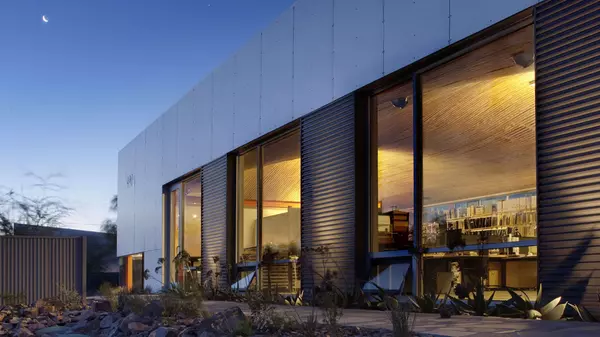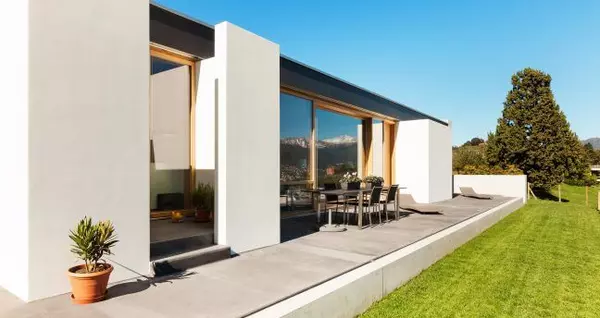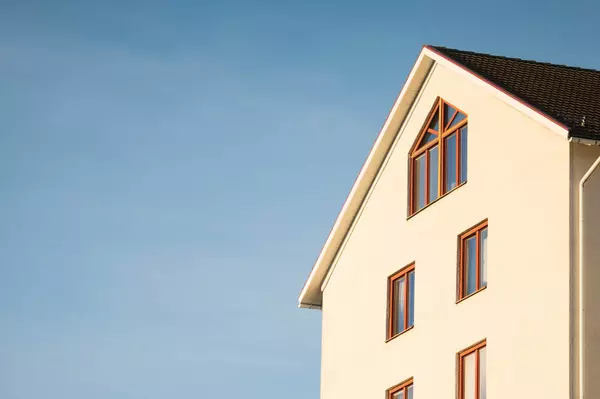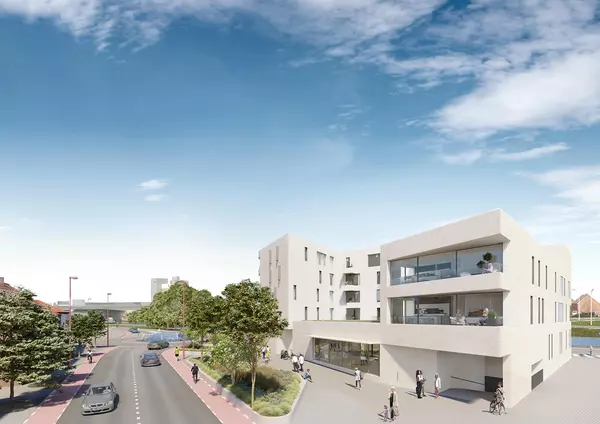11 DIY real estate photography tips every agent should know
Let’s be honest – real estate photography may be the most important piece of selling a listing. As buyers scroll through dozens of homes online, your photos will be the reason they stop scrolling and start exploring. That spark of interest is what will lead them to schedule a showing – and ultimately make an offer. The good news is that you don’t have to be a professional photographer – or even hire one – to capture amazing listing photos.
With the right tools and a little guidance, you’ll be able to take pictures that capture the home’s best features – and grab a buyer’s attention. We’ll cover do-it-yourself (DIY) real estate photography tips from what kind of shots to take to simple techniques that are sure to make a big impact.
Why real estate photos matter
It’s important to make a lasting first impression on buyers – and your listing photos are the best way to do just that. Buyers can decide if they are interested in a home within seconds of clicking on a property listing. They use the listing photographs to judge whether a home will be right for them, before ever stepping foot inside it.
I have the perfect example. When I was looking for a new home, I scrolled by my current home several times because of the first few photos. The listing pictures didn’t showcase any of the property’s amazing features and were a bit off-putting. Something told me to go back and take another look, and I’m glad that I did because it was the perfect home for me. However, this house could have sold much quicker had the real estate photos been presented differently.
Great real estate photography isn’t just about making a home look pretty. The main purpose is to use the photos as a tool to sell your listing quickly and for the highest price possible. Studies have also shown that 32% of homes with high-quality photos actually do sell faster and for more money than ones with lower quality photos.
It doesn’t matter where your real estate photos appear – MLS, Zillow, Realtor.com, social media or print advertisements – they should not only showcase the space, but they should sell the lifestyle that comes with owning that home. As an agent, that’s why it’s important to learn how to take better listing photos yourself.
11 DIY real estate photography tips
If you decide to move forward with taking listing photos yourself, you’ll want to be sure you’re capturing the home in its best possible light – literally. With a little bit of prep and some simple guidance, you’ll create professional-quality images sure to attract a buyer’s attention. Let’s take a look at 11 DIY real estate photography tips to get you started.
Tip 1: Create a shot list
When you’re capturing photos for a listing, it’s not just about snapping a few shots of each room and calling it a day. Buyers expect to see a full visual story of the home—inside and out. That means variety matters just as much as quality.
| Type of Shot | Goal | Details to Capture |
|---|---|---|
| Exterior | Showcase curb appeal, design and outdoor potential |
|
| Interior | Highlight layout, flow and natural light |
|
| Special feature shots | Emphasize unique amenities and upgrades |
|
| Bonus shots | Add lifestyle appeal and location context |
|
Tip 2: Prep the home and clean the clutter
It’s important to prepare yourself and the home before you start snapping pictures. First, you’ll want to be sure you have the tools you need – including a high-quality camera and a shot list. You never want to go in blind, so make sure you know exactly what rooms and features you want to capture. Then, start prepping the spaces so they are ready for a photoshoot.
The goal is to be sure the spaces are clean and free of anything that can distract the viewer from the space. Declutter countertops, hide exposed cords and remove anything that is too personal to be in a public photo. Clean spaces make real estate photos appear bigger, look brighter and are overall more appealing.
Must-have tool: Smartphone with a high-quality camera
Let’s be real, we live in a time where your smartphone can do just as much as an expensive camera. A smartphone with a high-quality camera is completely acceptable to get the job done. Just be sure the camera is not in portrait mode, the gridlines are turned on and the lenses are clear.
Tip 3: Stage each space with intention
Staging is just as important for showings as it is for listing photographs. Not only should the space be clean and decluttered, but it should also show off the functionality of the space. When you walk into a room, ask yourself, “What’s the best use of this space?” From there, decide if you need to add or remove any decor.

Staging doesn’t have to be the use of physical furniture and decor. If you have a vacant listing, consider using virtual staging to show what a space could look like to future homeowners. With Collov AI, you can stage any room in seconds, 24 hours a day, seven days a week. Powered by AI, you have the ability to swap out existing furniture or virtually furnish an entire room from scratch. For premium quality photos that are MLS-ready, check out Collov AI today.
Visit Collov AIMust-have tool: Storage bins and neutral decor
Not only do they keep clutter out of sight—they can also pull double duty as subtle, stylish staging props.










